LIMITED OFFER – (Save 35%)
❶ Check your vaginal microbiome and STI’s
❷ Sample from the comfort of your home
❸ Rely on samples analyzed by a Swiss laboratory
❹ Receive your results online in 3 days
Includes a 15-minute consultation with our lab experts to help interpret your results – at no extra cost
289 CHF Original price was: 289 CHF.189 CHFCurrent price is: 189 CHF.
We believe that leveraging the unique properties of menstrual blood is the next groundbreaking tool to advance women’s health.
Because menstrual blood is more than just blood! It contains endometrial tissue with viable cells, immune cells, nucleic acids, proteins (more than 300 unique proteins that are not found in peripheral blood), microorganisms from the vaginal microbiome…
Because during menstruation, there is a deeper communication between the uterus and the vagina, and a larger sample size of fluids and cells. This can increase the likelihood of detecting pathogens and improve the sensitivity of diagnostic tests for infections and other abnormalities.
Because menstrual blood is an unlimited biological resource ; a woman will experience ~450 cycles in her lifetime representing 24L of blood.
Because it’s a safe and non-invasive option for diagnostics – no needles needed !
Non-invasive use
Send with prepaid envelope
Receive your results on the app
Vaginal infections and STIs can impact overall well-being and if left untreated, can lead to health complications like fertility and gynecological conditions.
Common STI, can impact reproductive organs.
Common STI, can impact reproductive organs.
One of the most common STIs worldwide.
Can impact reproductive organs.
Can cause inflammation of reproductive organs.
High-risk HPV types.
Can cause oral and genital herpes.
Viruses that can impact overall health.
All bacteria present in your microbiome.
All beneficial bacteria.
Common bacteria, can cause infections.
Common bacteria, can cause urinary infections.
Bacteria that can cause bacterial vaginosis.
Yeast that can cause fungal infections.
Bacteria that can impact vaginal health.
Step 1: Open your kit and place all items on a suitable surface:
Step 2: Open Envelope 1 and follow the activation instructions to register your kit in our App.
Step 3: Open Box 2 to remove the swab, and read the sampling instructions carefully:
Step 4: Insert the tube into the safety bag found in Box 3. Place the safety bag into the prepaid return envelope and mail it on the day of collection.
CONGRATULATIONS ! You’re done ! We will send you email/notifications when your results are available.
Precautions for use:
A vaginal sample must not be self-collected during pregnancy or in the three months after giving birth, and if the patient has recently had a gynaecological operation, or in case of unusual bleeding or pelvic pains.
In the 3 days prior to self-collection of a vaginal sample, use of vaginal ovules, creams or washes, vaginal contraceptives or condoms should be avoided.
In the 2 days prior to self-collection of a vaginal sample, sexual intercourse and ultrasound scans or gynaecological examinations should be abstained from.
Once your sample is received, you can expect your results within 72hrs. We will send you a notification as soon as your results are ready for review in your Health dashboard.
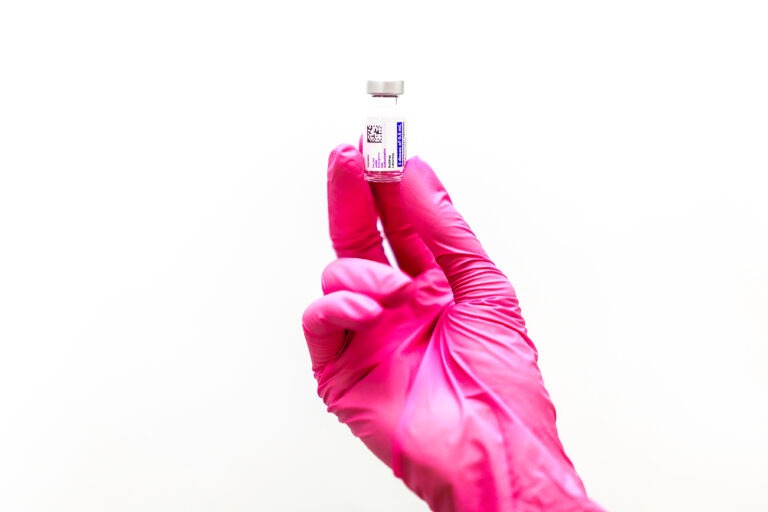
We are working very hard to integrate new services (teleconsultation, prescription and medication delivery) and widen the range of our diagnostics from biochemistry (minerals deficiencies, hormones, glycemia) to more serious gynecological conditions.
With the introduction of menstrual blood genomic profiling and AI, we aim to facilitate early detection, precise diagnoses, and personalized treatment options in a seamless way.
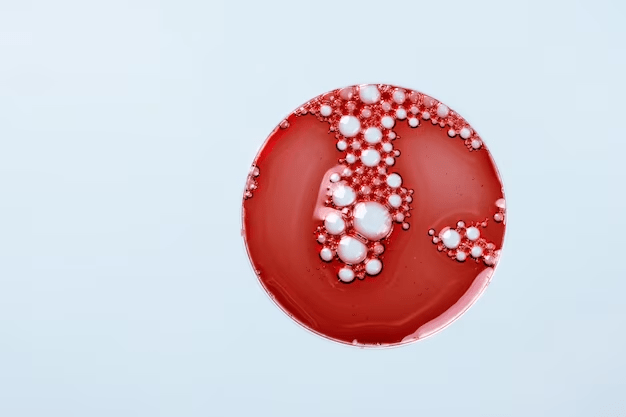
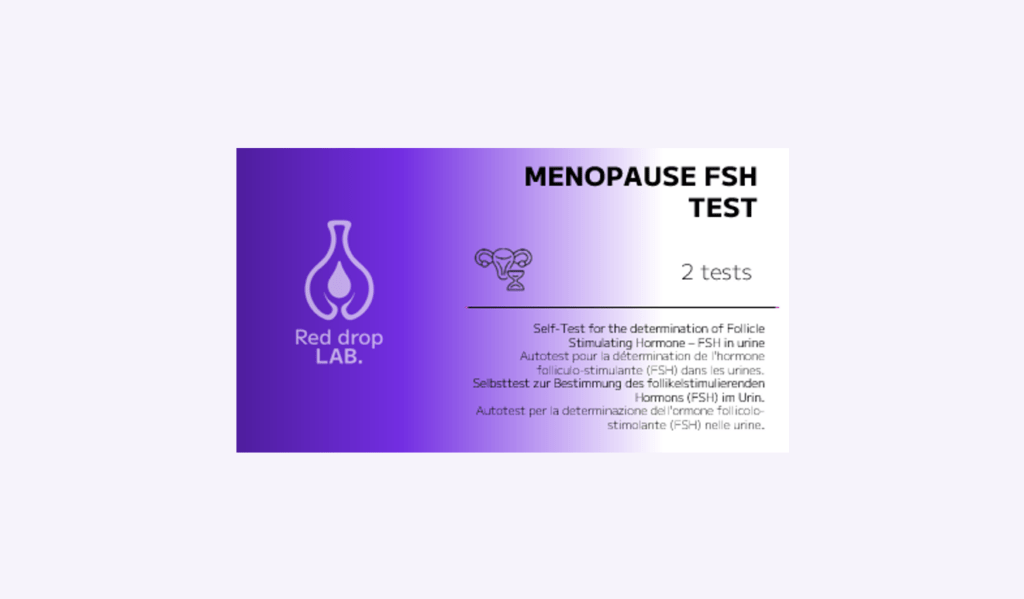
Self-Test for the determination of Follicle Stimulating Hormone (FSH)
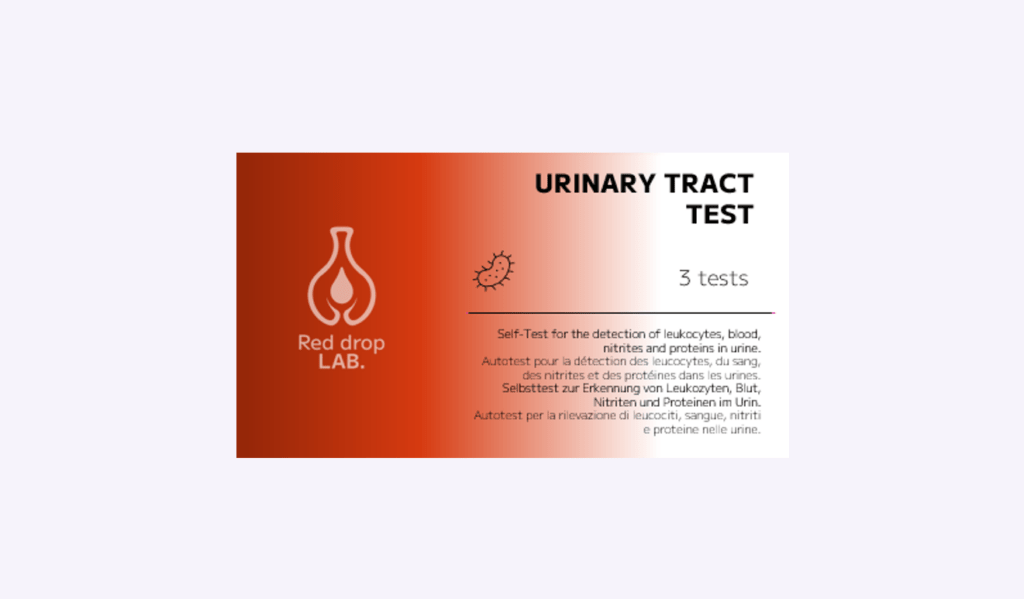
Self-Test for the detection of leukocytes, blood, nitrites and proteins in urine
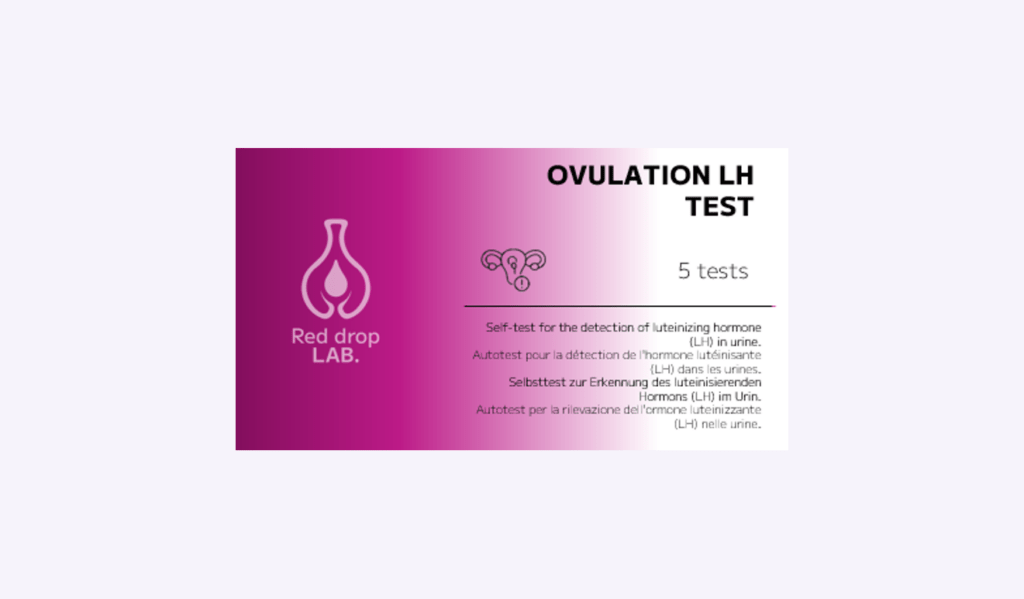
Self-test for the detection of Luteinizing Hormone (LH)